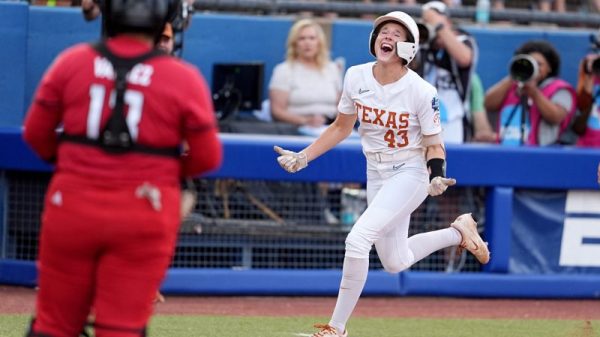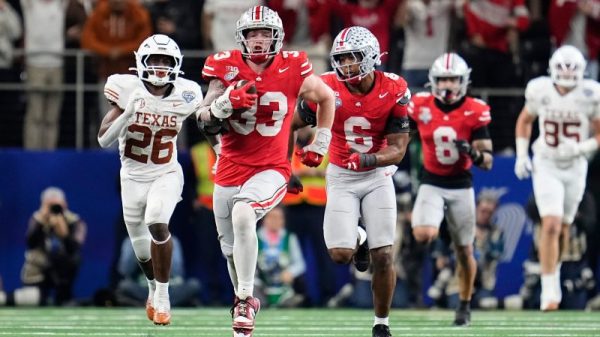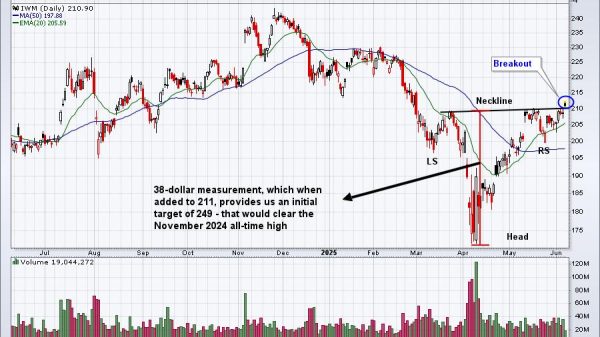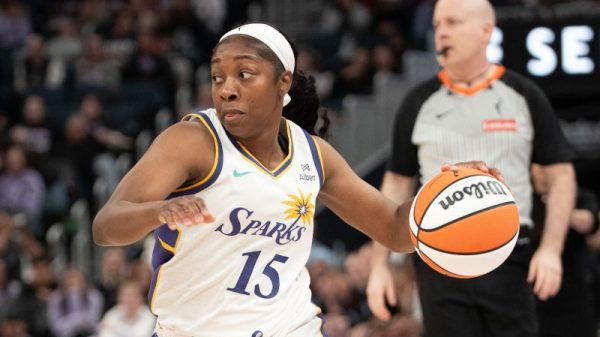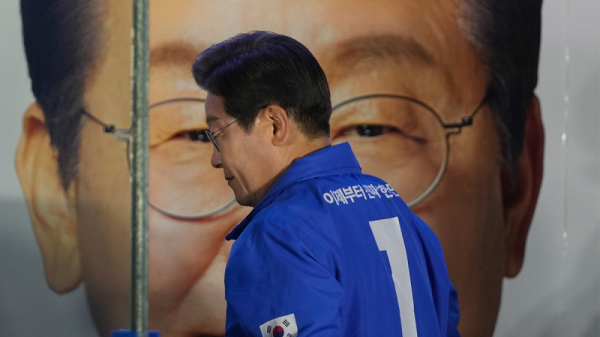Like PitchCom did with baseball, the company is targeting the top of the professional ranks to introduce their new products. The new, anti-sign-stealing technology – called PitchCom Impact, the football version of the product that changed pitcher-catcher communication in baseball, leading to a more streamlined product while preventing sign-stealing – made its professional football debut this weekend in the Canadian Football League.
“Sort of the proof of concept,” PitchCom co-founder John Hankins told USA TODAY Sports.
The tech tryout began June 5 as the Saskatchewan Roughriders played the Ottawa Redblacks and continued through the league’s opening weekend as seven of the nine teams tried it out.
PitchCom debuted in Major League Baseball at the start of the 2022 season and, combined with the pitch clock, has helped dramatically decrease the length of games. But the company had its sights set beyond the diamond.
“At the end of the day, though, we wanted to be involved in football,” Hankins said, “because people always said, you know, ‘This makes perfect sense.’”
PitchCom attended the American Football Coaches Association Convention in Charlotte, North Carolina this past January. They walked to the CFL booth and vice president of customer relations Jon Updike demonstrated how PitchCom worked. The league was impressed by the size of the device and that it could fit safely into a helmet.
Co-founder Craig Filicetti said slight software modifications were required. In baseball, the pitcher or catcher presses the buttons and a pre-recorded voice calls out the corresponding pitch and location through an earpiece located in a player’s cap or helmet. But in football, there are exponentially more types of plays (and personnel groupings) compared to pitches and locations.
By March, Filicetti created a usable product for the league to use at its annual combine. The defensive coach who ran the drill had the controller and the players had helmets fitted with earpieces. The remaining defensive coordinators for the other teams that were present all received audio headpieces, which allowed every coach to hear what play was being called as well. The test went well and the CFL wanted devices fast tracked for games, Hankins said.
“It’s groundbreaking and I think it shows their adaptability and their willingness to change and wanting to make improvements and kind of being on that leading edge of technology and stuff, which is great,” Filicetti said.
The CFL introduction is strictly for the defense. To make it game-ready, Filicetti changed the keypad interface into a numbering system that allows for coaches to type in two-digit or three-digit combinations. The player will hear that and determine his assignment from that instruction, rather than having to look to the sideline for a signal or having the play call communicated through one player’s helmet, followed by that player relaying it to 11 of his teammates or having to signal the play to his side.
Instead, a coach – usually in the press box – looks at his play sheet that now includes numbers. He presses the numbers, and it’s sent to the players who have the device in their helmets. The prototype is similar to the baseball catcher’s helmet device.
A coach can press a button for a longer period that will signal different types of personnel into the earpiece. Multiple coaches can use the device and split the duties – one setting the personnel, the other dialing up the actual play – up until the ball is snapped. The CFL’s 20-second play clock, which differs from the 40 seconds in the NFL, makes PitchCom Impact a natural tool. While watching the Redblacks-Roughriders game Thursday, a 31-26 Saskatchewan victory, Hankins noted that the defense often looked set before the offense.
Another use of PitchCom Impact is on the practice field, since the device allows coaches to simultaneously dole out different assignments to different positions with the press of a button. “(Coaches) don’t have to even be looking,” Filicetti said. “They could just hit that play and those players who (have the device) know what it is. And they’re saying that their practices are more efficient. They’re getting more reps in because they’re not having to get (players’) attention and get them all looking and then put the sign in.”
“It speeds up the game,” Hankins added. “Just like in baseball.”
Filicetti said the CFL is going to benefit from the three years of “significant advancements” PitchCom made in product reliability, durability and design. He’s designing a new transmitter (controller held by coach) that will be easier to use on a sideline, since the original prototypes were made for catchers who’d be concealing it behind home plate. They also want to integrate with teams’ current communications on headsets, since coaches are already all talking on there during games.
NFL teams are allowed to use PitchCom in practices if they wanted to, but current rules about in-game communication means that it won’t be used in the NFL unless the league edits the rule book.
PitchCom’s partners now, as of June 6, include USA Softball. Thirteen of the 16 teams playing in the men’s College World Series Super Regionals are PitchCom users, as are 180 total Division I baseball and softball programs. They’re also suppliers for the Korean Baseball Organization (KBO) and in the professional leagues in Mexico and the Dominican Republic.


